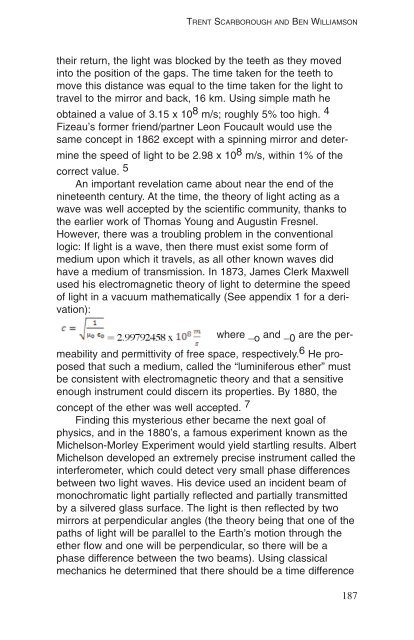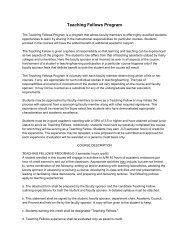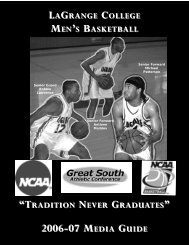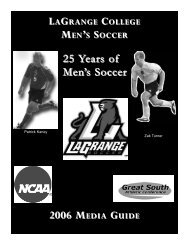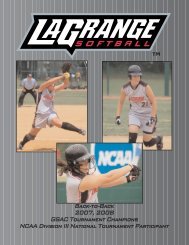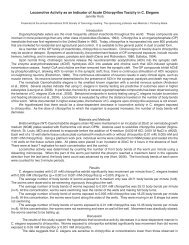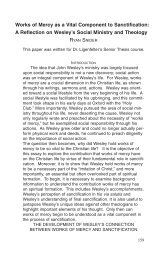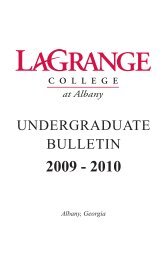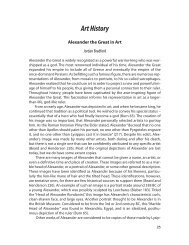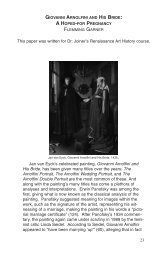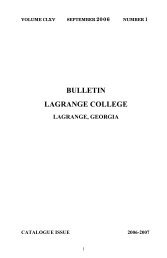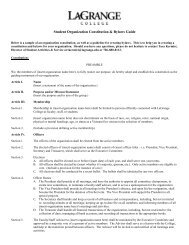The Speed of Light: Historical Perspective and Experimental Findings
The Speed of Light: Historical Perspective and Experimental Findings
The Speed of Light: Historical Perspective and Experimental Findings
You also want an ePaper? Increase the reach of your titles
YUMPU automatically turns print PDFs into web optimized ePapers that Google loves.
TRENT SCARBOROUGH AND BEN WILLIAMSON<br />
their return, the light was blocked by the teeth as they moved<br />
into the position <strong>of</strong> the gaps. <strong>The</strong> time taken for the teeth to<br />
move this distance was equal to the time taken for the light to<br />
travel to the mirror <strong>and</strong> back, 16 km. Using simple math he<br />
obtained a value <strong>of</strong> 3.15 x 10 8 m/s; roughly 5% too high. 4<br />
Fizeau’s former friend/partner Leon Foucault would use the<br />
same concept in 1862 except with a spinning mirror <strong>and</strong> determine<br />
the speed <strong>of</strong> light to be 2.98 x 10 8 m/s, within 1% <strong>of</strong> the<br />
correct value. 5<br />
An important revelation came about near the end <strong>of</strong> the<br />
nineteenth century. At the time, the theory <strong>of</strong> light acting as a<br />
wave was well accepted by the scientific community, thanks to<br />
the earlier work <strong>of</strong> Thomas Young <strong>and</strong> Augustin Fresnel.<br />
However, there was a troubling problem in the conventional<br />
logic: If light is a wave, then there must exist some form <strong>of</strong><br />
medium upon which it travels, as all other known waves did<br />
have a medium <strong>of</strong> transmission. In 1873, James Clerk Maxwell<br />
used his electromagnetic theory <strong>of</strong> light to determine the speed<br />
<strong>of</strong> light in a vacuum mathematically (See appendix 1 for a derivation):<br />
where _ o <strong>and</strong> _ 0 are the permeability<br />
<strong>and</strong> permittivity <strong>of</strong> free space, respectively. 6 He proposed<br />
that such a medium, called the “luminiferous ether” must<br />
be consistent with electromagnetic theory <strong>and</strong> that a sensitive<br />
enough instrument could discern its properties. By 1880, the<br />
concept <strong>of</strong> the ether was well accepted. 7<br />
Finding this mysterious ether became the next goal <strong>of</strong><br />
physics, <strong>and</strong> in the 1880’s, a famous experiment known as the<br />
Michelson-Morley Experiment would yield startling results. Albert<br />
Michelson developed an extremely precise instrument called the<br />
interferometer, which could detect very small phase differences<br />
between two light waves. His device used an incident beam <strong>of</strong><br />
monochromatic light partially reflected <strong>and</strong> partially transmitted<br />
by a silvered glass surface. <strong>The</strong> light is then reflected by two<br />
mirrors at perpendicular angles (the theory being that one <strong>of</strong> the<br />
paths <strong>of</strong> light will be parallel to the Earth’s motion through the<br />
ether flow <strong>and</strong> one will be perpendicular, so there will be a<br />
phase difference between the two beams). Using classical<br />
mechanics he determined that there should be a time difference<br />
187


